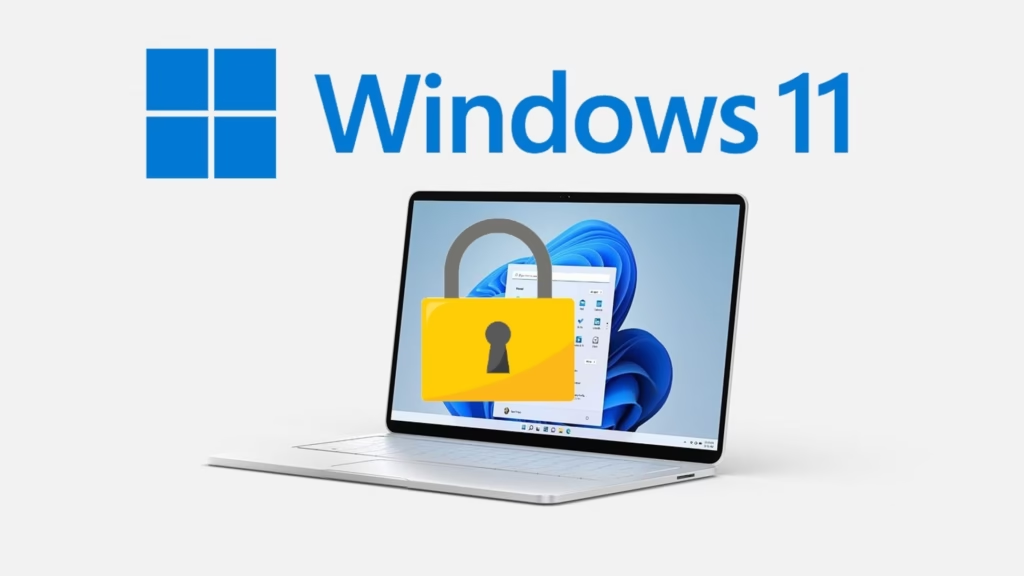As the end of Windows 10 support nears (October 24, 2025), Microsoft is firm on its requirement for TPM 2.0 hardware in Windows 11. TPM (Trusted Platform Module) enhances security by enabling encryption and protecting identity data. Despite early workarounds, unsupported installations of Windows 11 may face desktop watermarks, performance warnings, and nudges to revert to Windows 10—an option that will soon expire.
| Key Dates and Costs | Details |
|---|---|
| Windows 10 Support Ends | October 24, 2025 |
| Extended Security Update License | $61 per device (business); $30 (individual) |
| TPM 2.0 Requirement | Mandatory for Windows 11 |
A Pricey Transition
For businesses still relying on older systems, Microsoft offers Extended Security Updates (ESU) at steep prices that double annually for up to three years. With Windows 10 still commanding 62% of the global OS market share, transitioning isn’t just technical—it’s also financial. New systems equipped with TPM 2.0 may be the only viable option, but affordability remains a concern for many users.
Strengthening Security Amid Rising Threats
Microsoft continues enhancing security measures post-CrowdStrike debacle. A new Quick Machine Recovery feature is set to make corporate device recovery faster and more efficient. These efforts underscore Microsoft’s commitment to tackling modern security challenges, though not without forcing hardware upgrades on its user base.




2 Responses
Excellent breakdown of the topic. Really appreciate the detail!
8h7ws4